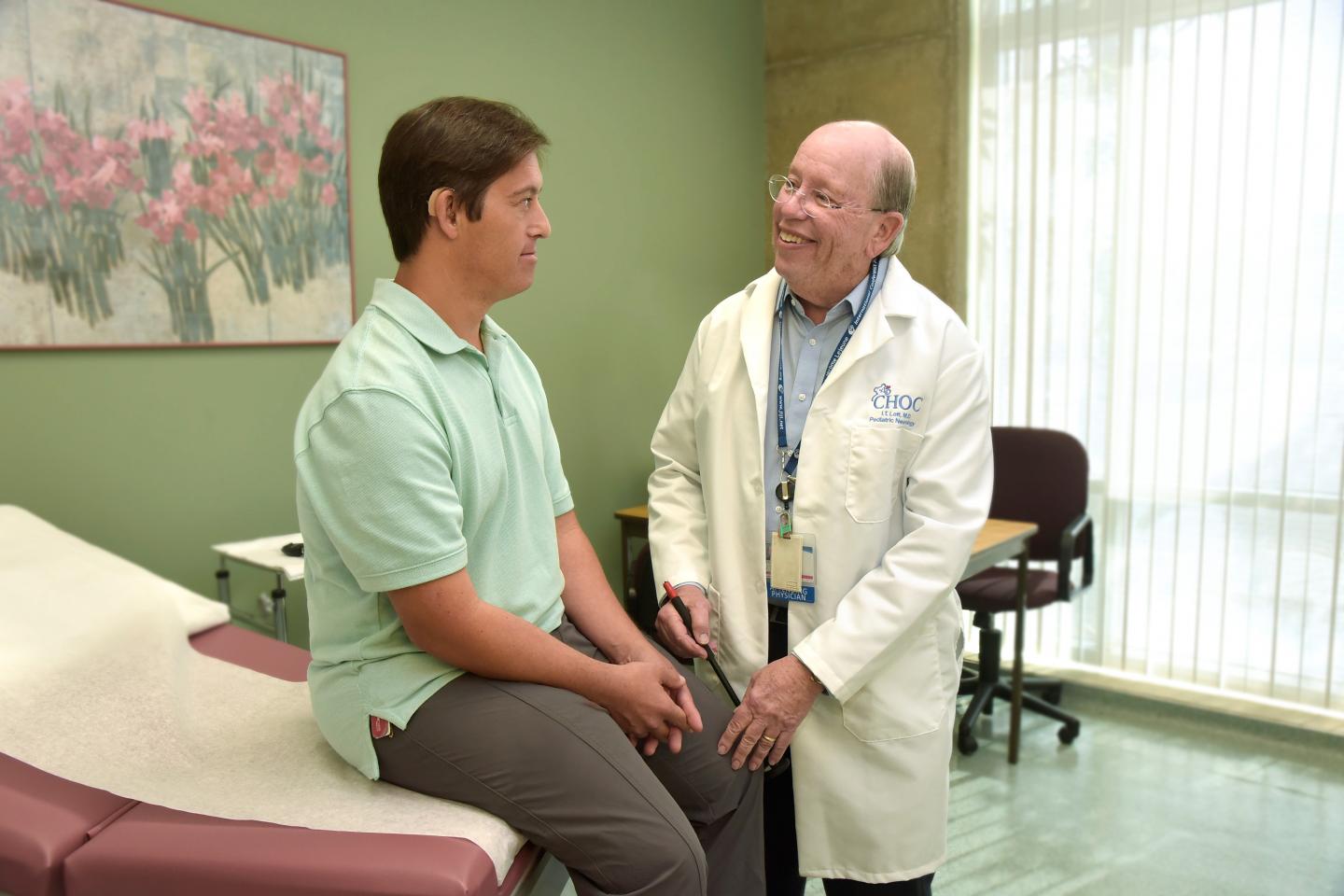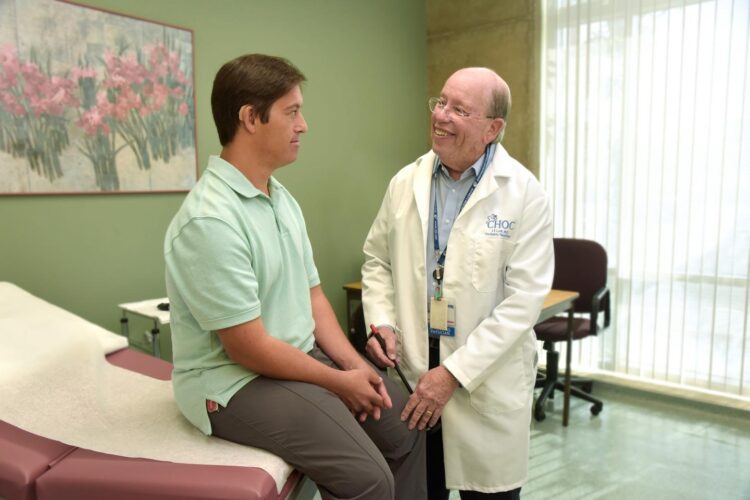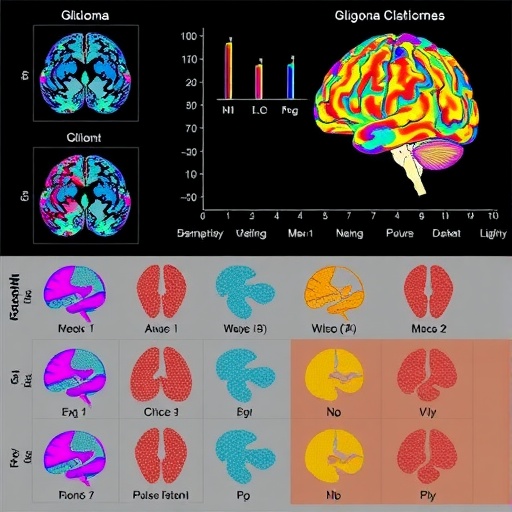Amyloid accumulation not the only risk factor in Alzheimer’s risk

Credit: UCI School of Medicine
Irvine, Calif. – April 8, 2020 – Amyloid is a key feature of Alzheimer’s disease, but the accumulation of these sticky proteins may not be the only risk factor for developing Alzheimer’s disease, according to a new study published this week. Other, modifiable risk factors, such as the amount of fats in our blood and how efficiently our bodies generate energy could also play important roles.
One of the largest studies of Alzheimer’s disease (AD) in people with Down Syndrome (DS-AD), this study revealed metabolic alterations in DS-AD are similar to those seen in late onset Alzheimer’s disease (LOAD) found in the general population.
“We found that people with Down Syndrome, who also have Alzheimer’s disease, show a deficit in energy metabolism that is similar to people with Alzheimer’s disease in the general population,” said first author, Mark Mapstone, PhD, from the Department of Neurology at the UCI School of Medicine and member of UCI’s Institute for Memory Impairments and Neurological Disorders (UCI MIND). “These findings suggest that the amyloid accumulation, which occurs from birth in Down Syndrome, may not be the only factor determining Alzheimer’s risk.”
The study, one of the first large-scale blood-based investigation of metabolic factors associated with aging and cognitive status in adults with Down Syndrome and Alzheimer’s disease was published today in the Alzheimer’s Association journal, Alzheimer’s & Dementia: Diagnosis, Assessment & Disease Monitoring. It was based on a large cohort of adults with Down Syndrome who were enrolled in the Alzheimer’s Biomarker Consortium-Down Syndrome (ABC-DS), a multi-site, longitudinal cohort study of adults with DS over age 25.
“Disruption of metabolic function is a recognized feature of late onset Alzheimer’s disease,” said Mapstone. “Our discovery could open new avenues for preventing this metabolic deficit in all people at risk for the disease.
Down Syndrome is the most common neurodevelopmental disorder affecting over 250,000 individuals in United States. People with Down Syndrome have a very high risk of developing Alzheimer’s disease and nearly all have the brain pathology (amyloid plaques) of Alzheimer’s at death.
“Their risk is thought to come from the fact that they have three copies of chromosome 21, where a key gene that produces amyloid is found. Because they have three copies of the gene, instead of two, they overproduce amyloid which is the key pathology of Alzheimer’s disease,” said Mapstone. “By studying Alzheimer’s risk in people with Down Syndrome, we can understand how important amyloid is to the development of the disease.”
###
This study was funded in part by the National Institute on Aging, and the Eunice Kennedy Shriver National Institute of Child Health and Human Development.
About the UCI School of Medicine
Each year, the UCI School of Medicine educates more than 400 medical students, and nearly 150 doctoral and master’s students. More than 700 residents and fellows are trained at UCI Medical Center and affiliated institutions. The School of Medicine offers an MD; a dual MD/PhD medical scientist training program; and PhDs and master’s degrees in anatomy and neurobiology, biomedical sciences, genetic counseling, epidemiology, environmental health sciences, pathology, pharmacology, physiology and biophysics, and translational sciences. Medical students also may pursue an MD/MBA, an MD/master’s in public health, or an MD/master’s degree through one of three mission-based programs: the Health Education to Advance Leaders in Integrative Medicine (HEAL-IM), the Leadership Education to Advance Diversity-African, Black and Caribbean (LEAD-ABC), and the Program in Medical Education for the Latino Community (PRIME-LC). The UCI School of Medicine is accredited by the Liaison Committee on Medical Accreditation and ranks among the top 50 nationwide for research. For more information, visit som.uci.edu.
Media Contact
Anne Warde
[email protected]
Original Source
https:/
Related Journal Article
http://dx.





